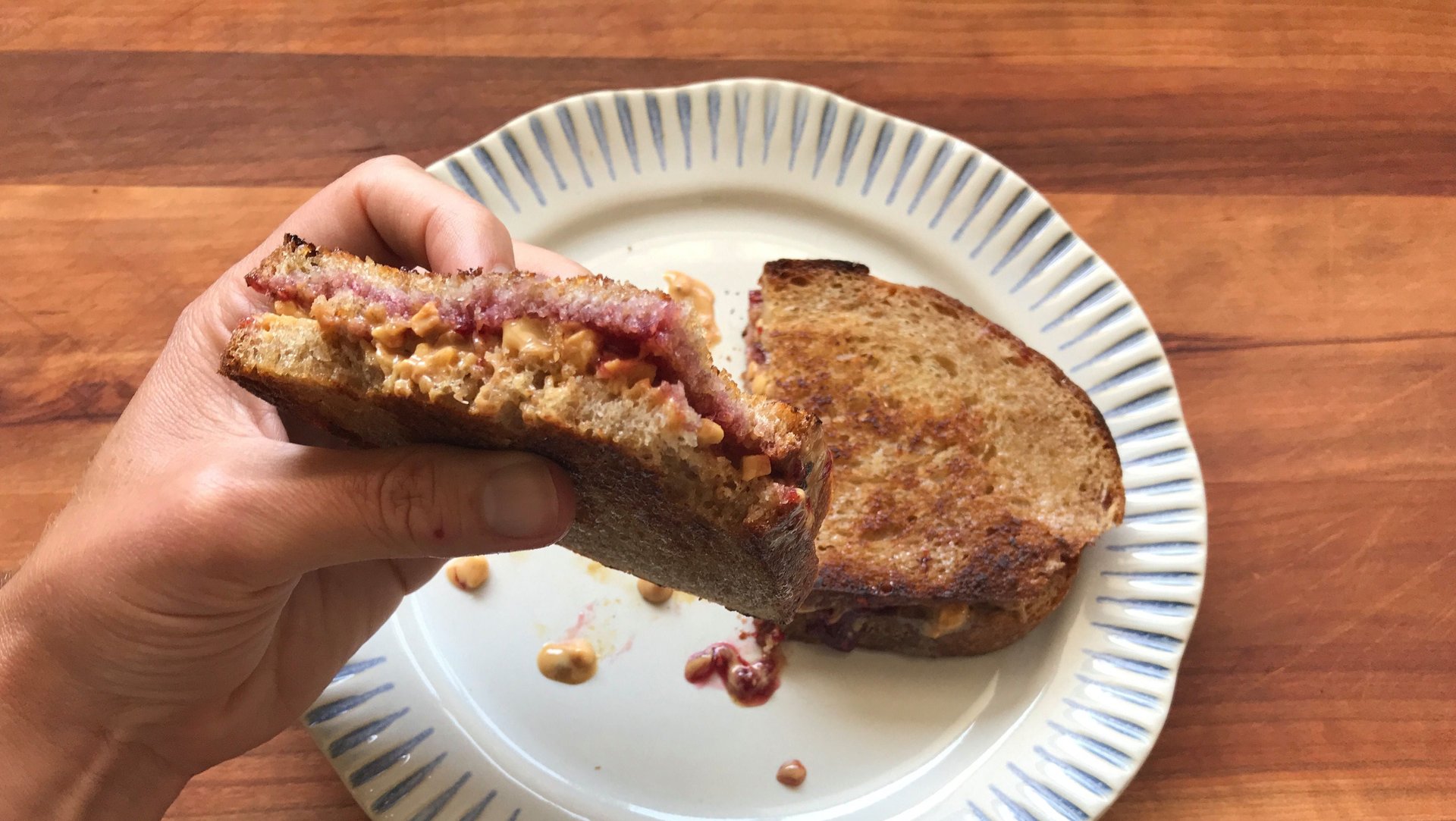Couples should schedule regular “off-sites” just like work teams
Subscribe to the Quartzy newsletter to receive this in your inbox each Friday.
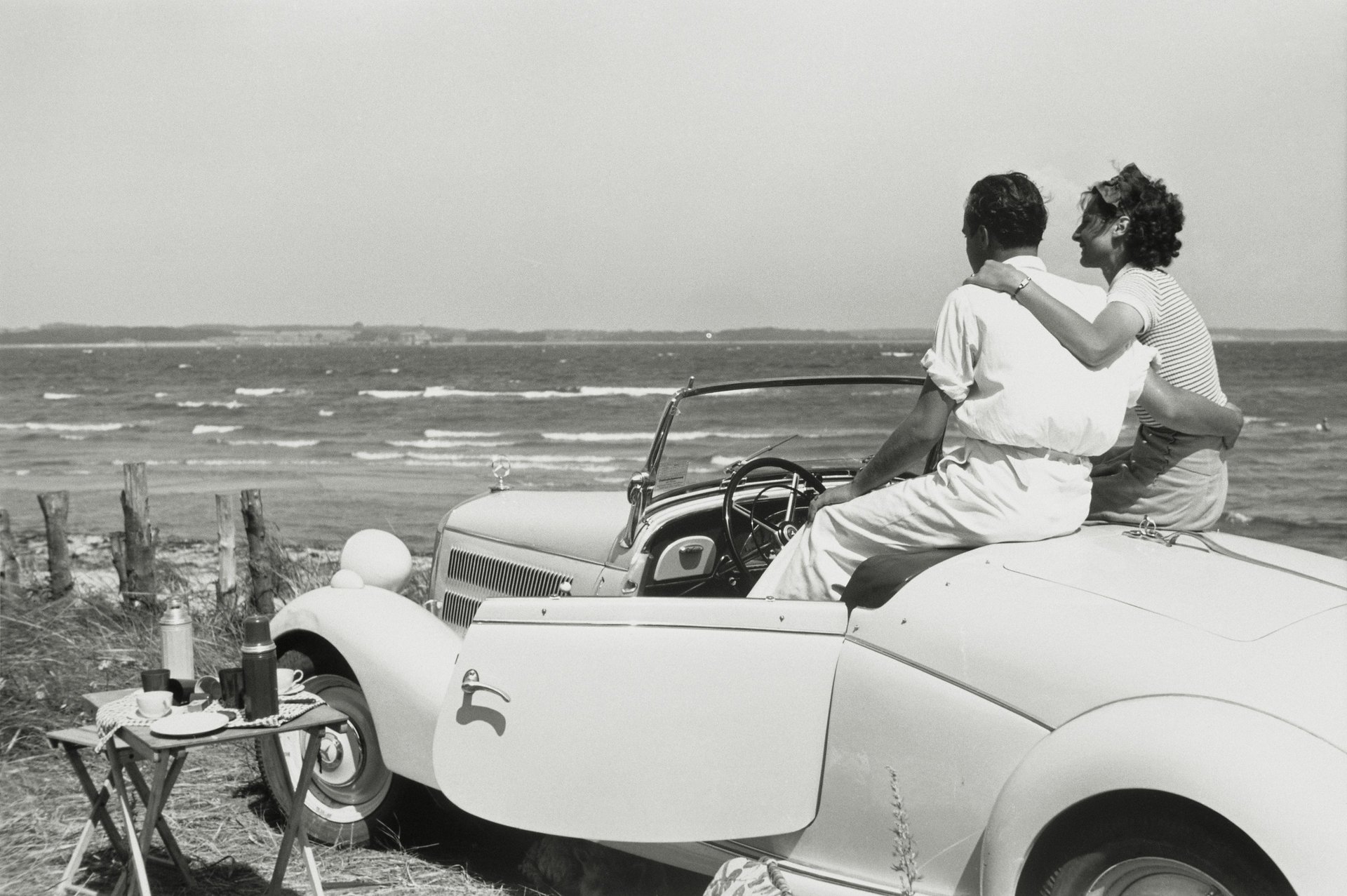

Subscribe to the Quartzy newsletter to receive this in your inbox each Friday.
Happy Friday!
If you have worked in a corporate setting, you may be familiar with the term “off-site,” usually referring to confabs held outside the office, for the purpose of soul-searching, team-building, and planning. Earlier this month, Quartz’s Corinne Purtill sat down with Avivah Wittenberg-Cox, a management consultant and the author of Late Love: Mating in Maturity, and concluded, surprisingly: “Your marriage probably needs an off-site more than your work team does.”
As they spoke Corinne realized, somewhat to her horror, that she had a more rigorous check-in routine with her manager than she did with her husband. A standing Google Calendar appointment with your spouse doesn’t sound particularly sexy or romantic, but it’s worth doing. “Schedule a time every single month for short-term management of emotions, questions, and disagreements about the day-to-day stuff, and biannual deeper reviews,” Wittenberg-Cox counseled, adding that each person should have time to talk, uninterrupted, while the other listens actively.
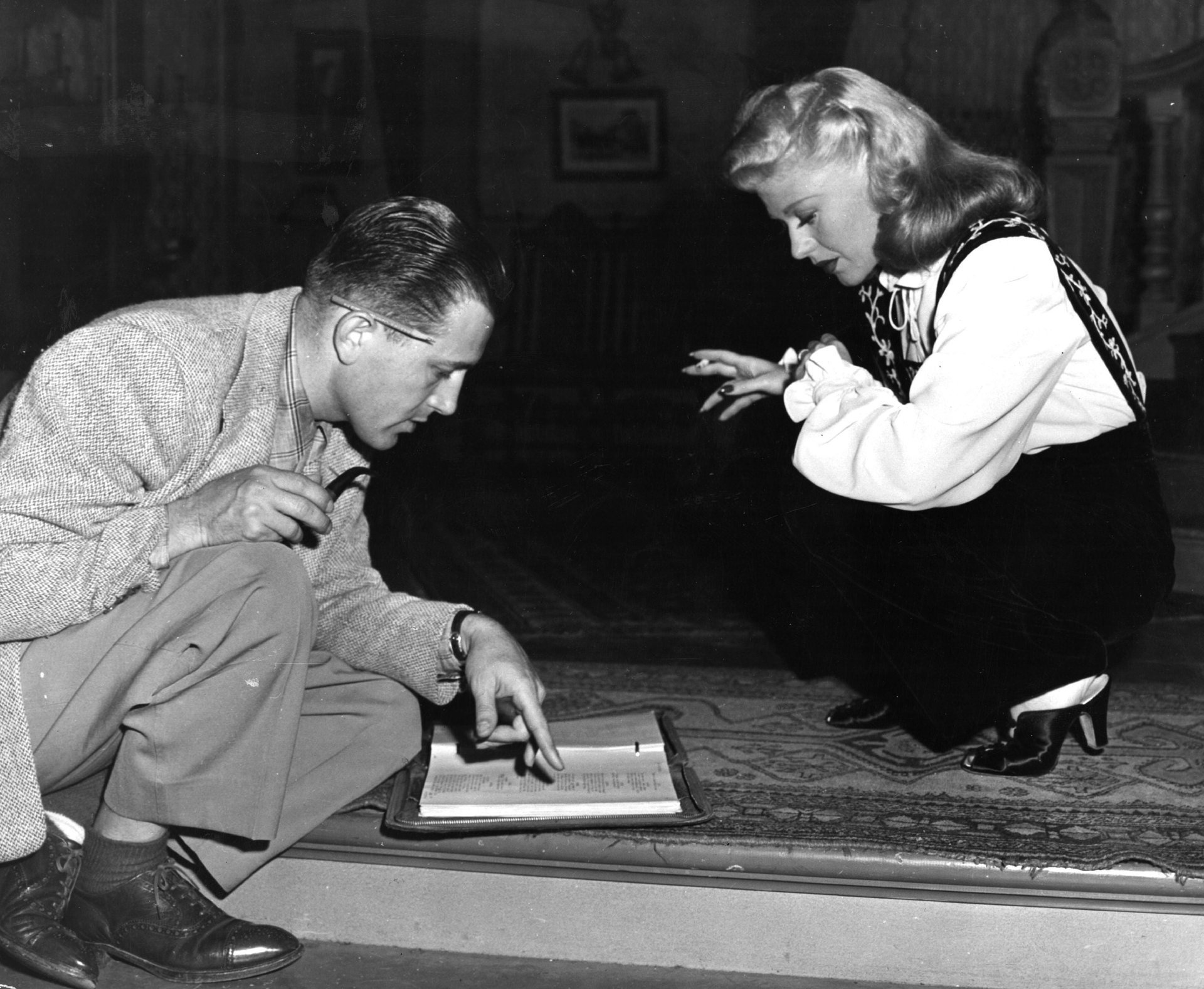
My boyfriend and I did such an “away day” on a recent weekend. The ostensible purpose was to discuss our wedding ceremony—what we were standing up for, and how we wanted to communicate that to our loved ones. By extension, of course, that meant talking through those things for just ourselves.
Doing this at a big wooden table in a cabin 90 miles north of our many commitments was not just enjoyable, it was effective. We came home with some big ideas in a legal pad—notes about our shared values, that I hope will help guide us long past a few months of wedding planning—or at the very least, until our next off-site.
While you’re at it, schedule an off-site for yourself too.
In a lovely short essay for Vogue, Lena Dunham wrote about healing from a breakup, and re-learning to relish her solitude—a state she enjoyed immensely as a child “pretty charmed by myself.” She even recalled bluffing herself into a few days in the infirmary, to escape the clamor of adolescent companionship at summer camp.
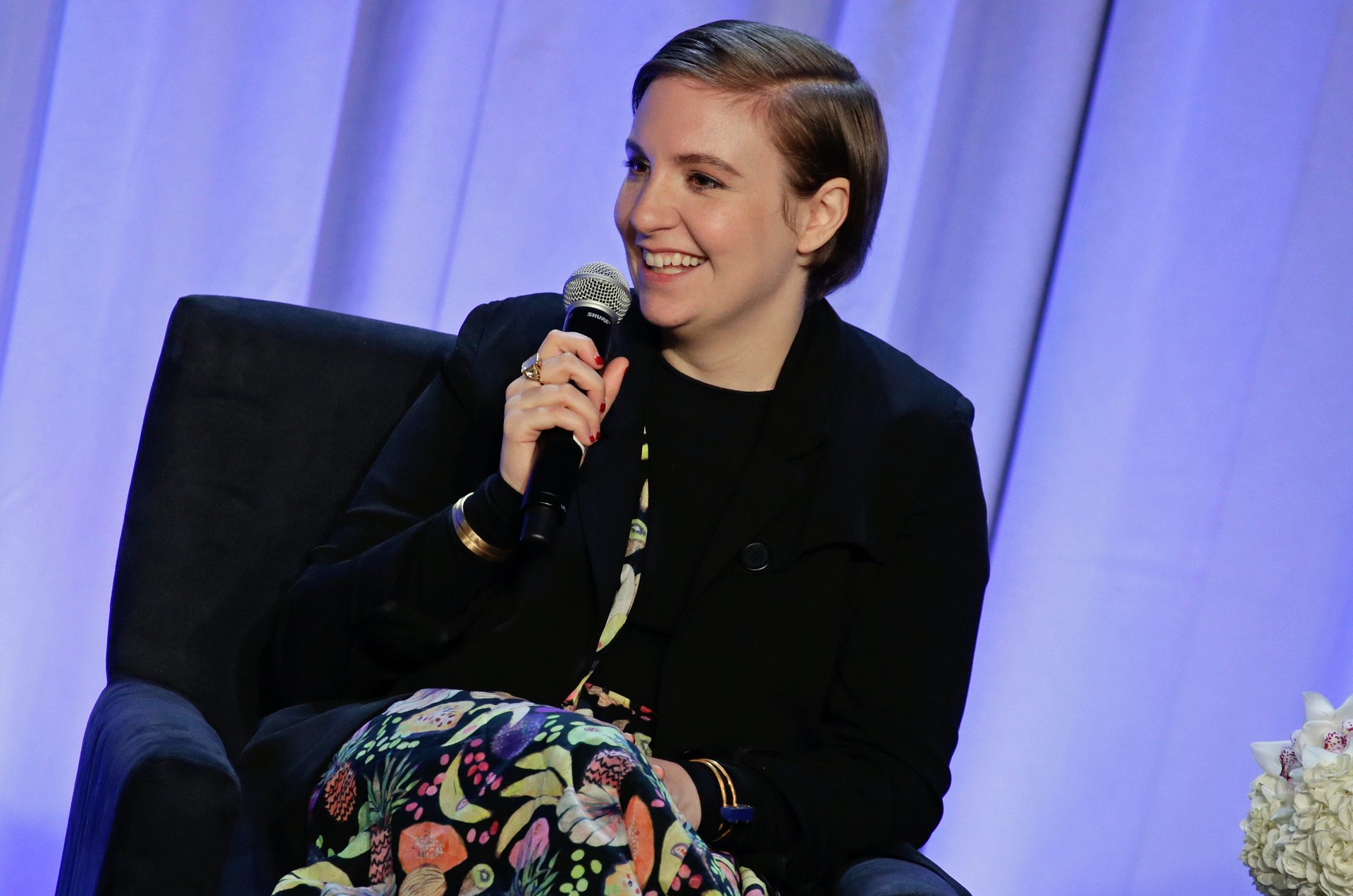
Now, on a mission to reacquaint herself with the luxury of time alone, she describes making “a list, on actual paper, of things I like to do, activities that bring me joy, pursuits that nourish me (the ground rules: Do not mention work, work dinners, or masturbation. This is purely a list of useless but fulfilling stuff, like beading).”
I spent the recent long weekend on my own, and luxuriated in hours of beach-time, gardening, and 1980s movies. Even when happily coupled, it’s nice to remember who you are when you’re just being yourself, by yourself.
They’re teaching this in school now.
In January, Quartz’s Jenny Anderson reported on how Ivy League universities are offering courses that aim to provide overachieving, depressed, and stressed-out students with the tools to build happier and more balanced lives.
This week, New York Magazine took a deep dive into one such class at Yale, professor Laurie Santos’s PSYC 157: Psychology and the Good Life. One compelling section examines the illogical ways in which we value money—a commodity that, theoretically, we could earn an unlimited amount in our lives—more than time, of which we have a finite quantity. “An abundance of money is considered a status symbol, while an abundance of time is considered shameful,” the writer Adam Sternbergh points out. “That’s why, in America, there’s a premium on busyness—on having a deficit of time.”
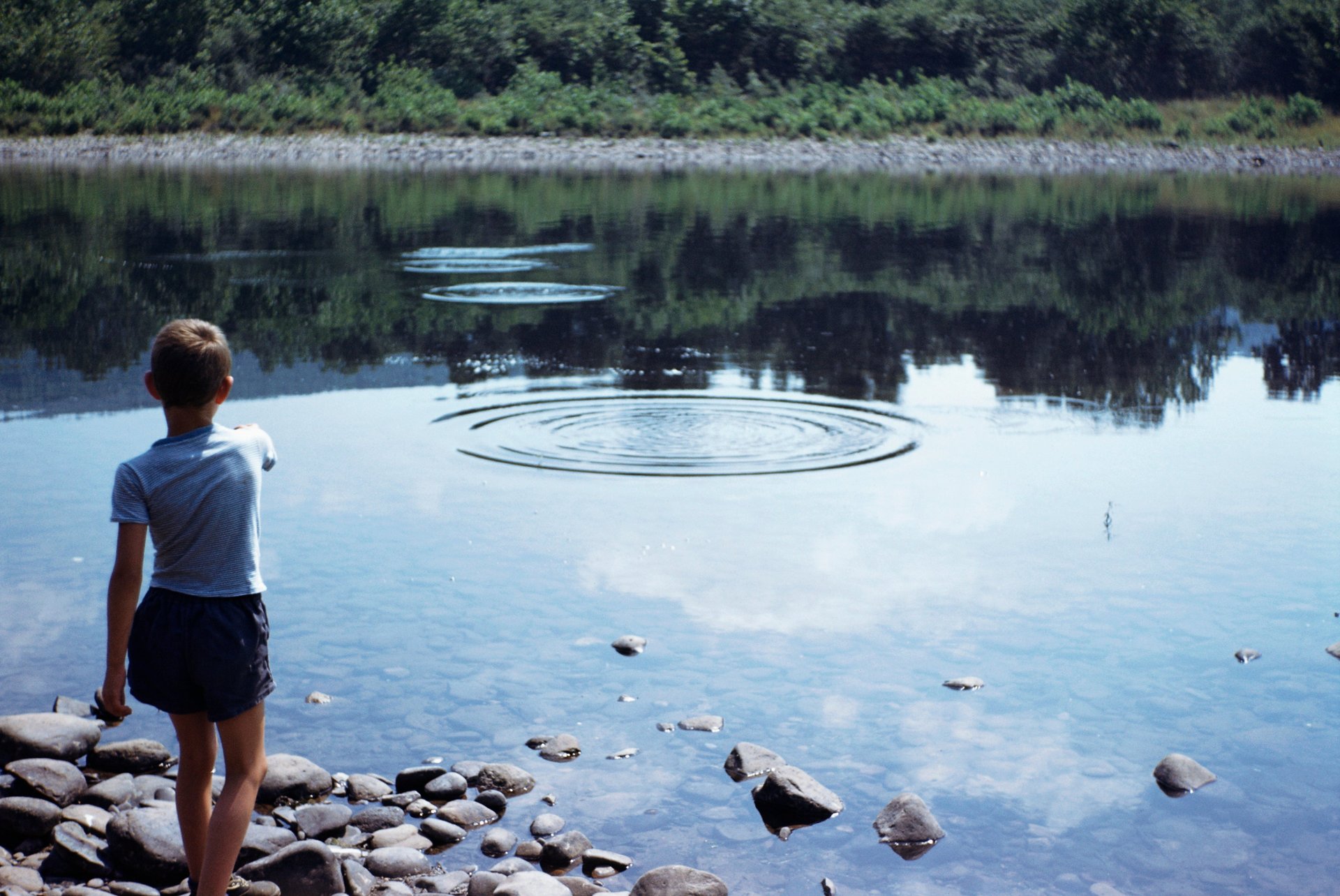
Santos wants students to appreciate the powerful psychological concept of “time affluence”—the feeling of having an abundance of time. To teach it, she cancels one of the term’s classes and requires students to spend a free hour on anything but work: “Read for pleasure. Take a hike. Meet a friend for coffee.” It’s certainly one way to feel rich.
The only guide
you really need to post-Memorial Day fashion.
Corinne Purtill, in her infinite wisdom, pointed out the hubris of wearing white or light-colored clothing in these stain-prone times: “It is the sartorial equivalent of beautiful wax-and-feather wings—thrilling, yes, but O how perilous the risk of flying too close to the sun! Or to guacamole.”

But who among us can resist the temptation to wear pale gauzy layers or crisp white button-downs this time of year? Not Corinne. Hence, adult bibs and smocks. Corinne confesses to a routine that involves wearing a giant t-shirt that says “BEER DELIVERY GUY” on top of her entire outfit until she has completed school drop-off.
And once you’re at work? Tie on an “eating scarf.” “The eating scarf is an attractive, dark-print scarf that you keep in your bag or desk. When it’s time to eat or drink, drape it loosely around your neck in the relaxed fashion of a person confident that all their sandwich is going to make it into their mouth. And voila. You are an adult wearing a bib in public, and no one’s the wiser.”
As Corinne crowdsourced tips for a stain-free life (see: baking soda paste) one colleague blessed her with some bonus wisdom: “Don’t worry about it too much,” she said. “As with most things in life, people are always paying way less attention to you than you think. Let that set you free.”
Such confidence. Have a great weekend!


PS: Keeping it crispy: PB&J edition.
The NBA Finals are underway, pitting the Golden State Warriors against the Cleveland Cavaliers once again. While I don’t pretend to know much about this rivalry, I do know—thanks to this ESPN opus—that players on both sides have a predilection for pre-game peanut butter and jelly sandwiches. I too like to pre-game with a PB&J—a vestige of my time as a nightlife reporter, when a 4pm sandwich would sustain me into the wee hours. Here’s the key: frying that sandwich in a buttered skillet. The heat softens stiff-from-the-refrigerator peanut butter into goo, and the jam melts into the bread. It has the buttery toastiness usually reserved for a grilled cheese, and its crisp texture prevents sogginess—a great feature if you need to wrap it in a paper towel and take it on the road. Might want to grab that eating scarf.
